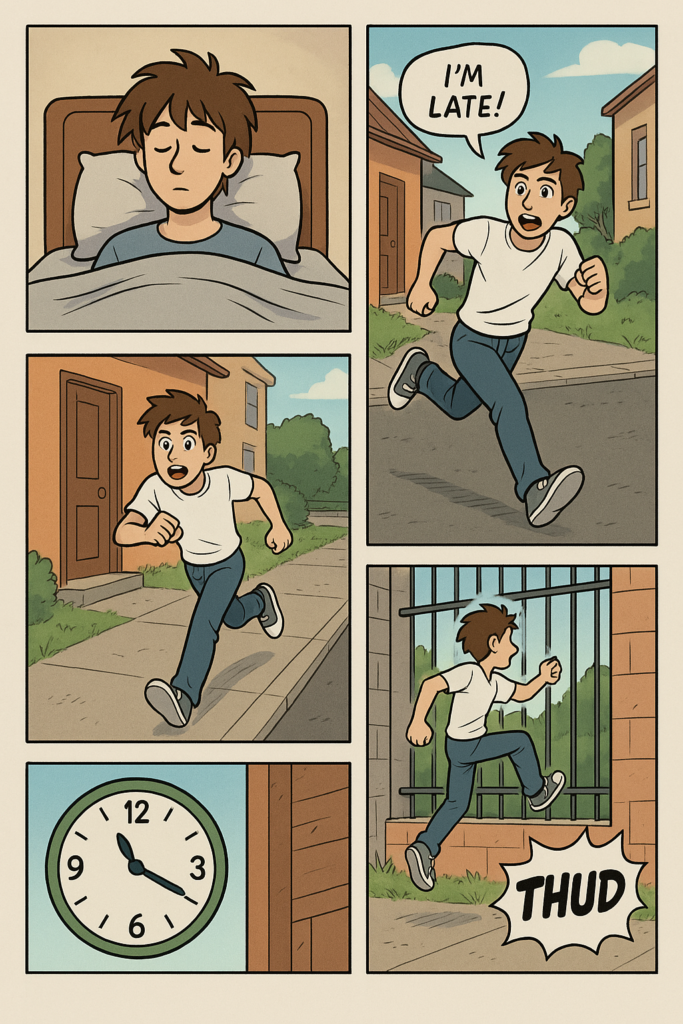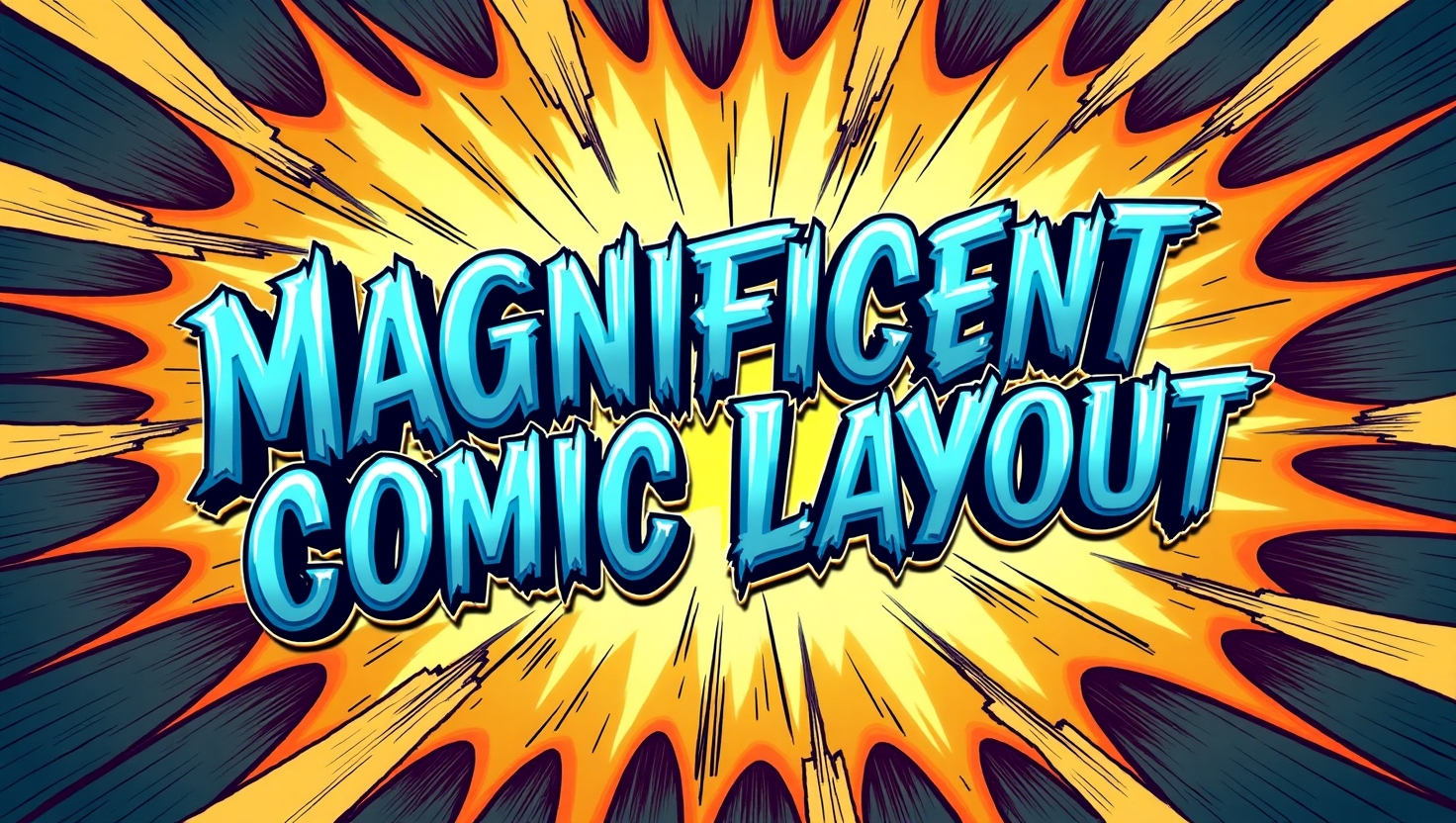Drawing Magnificent Comic Layout – Things Nobody Told You
Do you dream of being the next Will Eisner (creator of the Spirit) or Jack Kirby (who created characters like Captain America, Thor, The Hulk, Iron Man, X Men, and many more)? Or if we speak about Steve Ditko (creator of Spider-Man), Frank Miller (creator of Batman) or Bill Watterson (creator of Calvin and Hobbes) – who won billions of hearts all across the world with their expressive characters, and strong visual storytelling. Want to draw a comic layout like pro artists at your very first attempt? Engaging and smooth comics and manga storytelling requires you to learn paneling and page flow accurately.
Use Comic Panels
You can become a master of comic and manga storytelling only when you explore various ways. A good story has balance, flow and pacing. The movement of your characters, their acting, the arrangement of scenes are important for composing a well-balanced comic or manga. But, another important and overlooked thing is the frame or the panel, and the gutter. The panel of a comic or manga means the border wrapping a moment or scene around. It contains an illustration that showcases an idea or action and moves the story forward. The panel is itself a storytelling tool. It separates one idea from another.
You can choose from numerous manga panel or comic layout templates, but choosing the most suitable one according to your story is most crucial. Consider:
- The beginning and ending of the page.
- What will happen between the beginning and ending to move the story forward?
- How many steps will be required for that what should be the content of each step?
- The best ways of translating those steps into comic frames or panels.
- How can the reader move between panels?
- How will the last comic panel successfully lead the story to the next page?
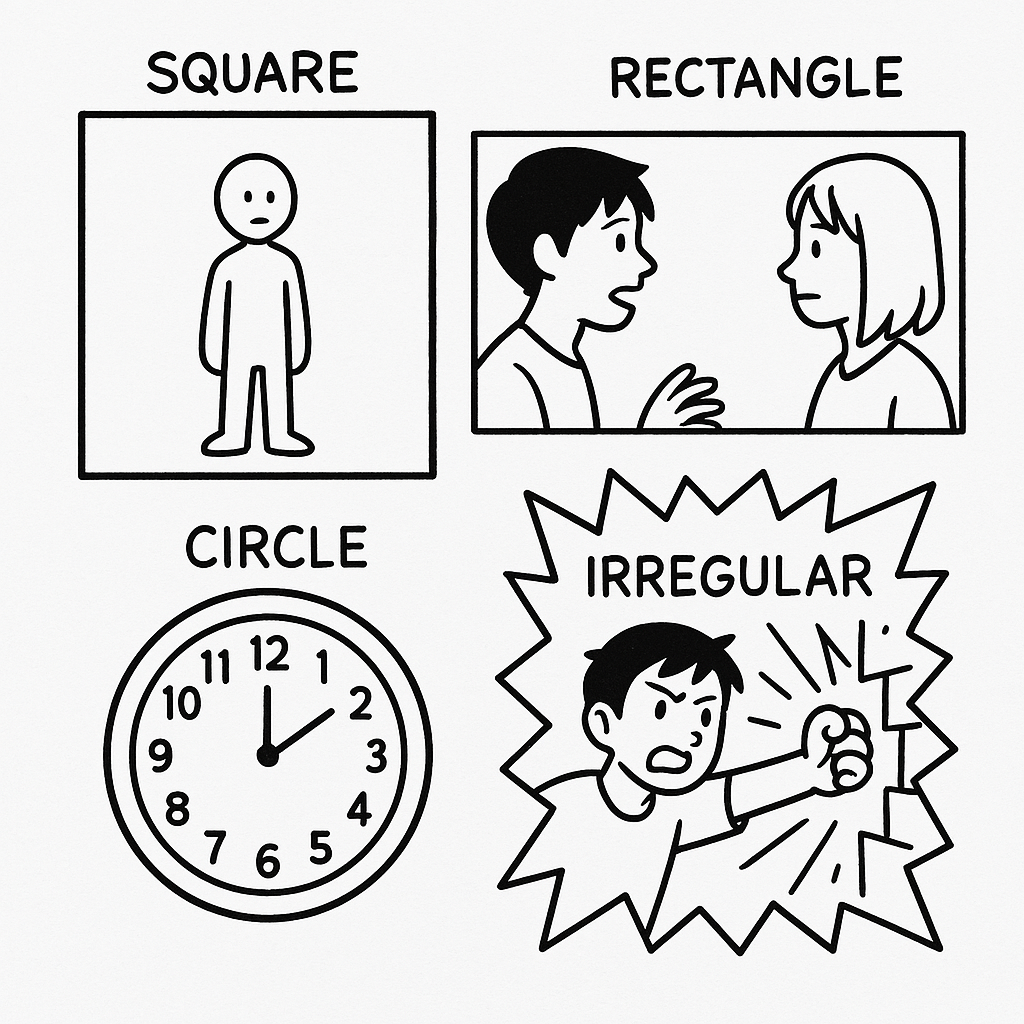
Thumbnail your Comic Layout
Begin with thumbnails that will help the readers visualize the story and move the story through pages. Every panel layout should be unique and of same size. Then, consider drawing the insets and big panels. Think whether a scene will be small or big, where to get rid of the border and about the kinds of frames to be used.
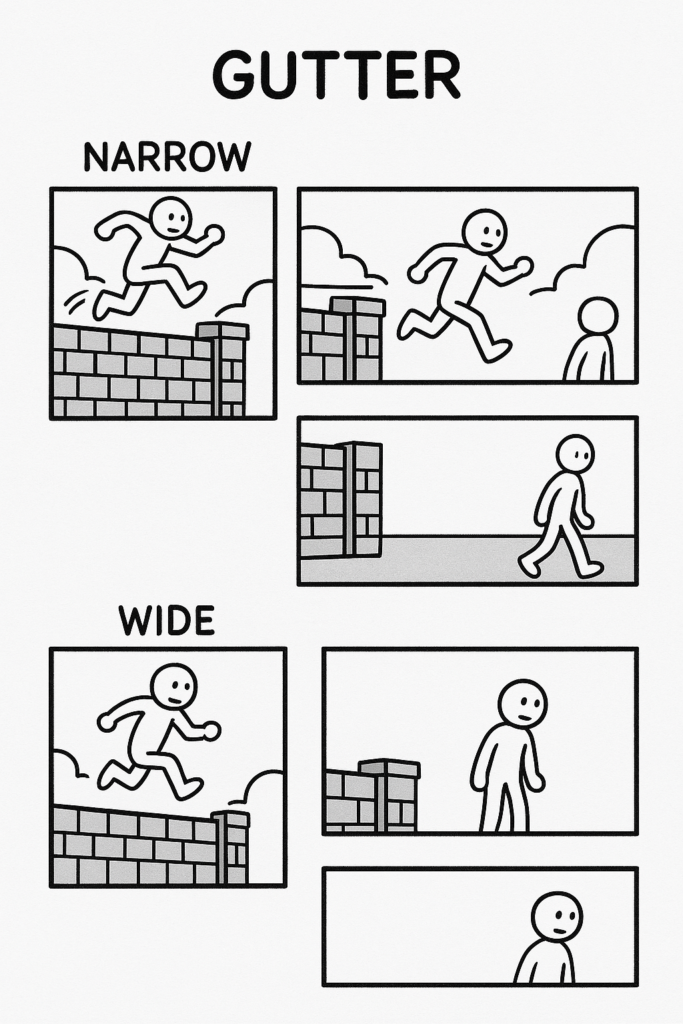
Lead the reader of the comic or manga from left to right, and follow the common western comic book reading pattern while designing it. Manga can go from right to left, however. Make sure your panels follow this flow and pace properly.
Also read:
- Painting with a Twist: How Breaking the Rules on Canvas Keeps Art Alive
- Fun 10 things to draw when bored: Beginner-Friendly Instant Inspiration
- A Beginner’s Guide to the loomis method – Creating Lifelike Faces
- lippan art design and Its Evolution: A Heritage of Reflection and Creativity
- Modern texture paint designs: The Fusion of Art and Innovation
Different Comic Book Panels
The number of useful tools for comic and manga storytelling is huge. But it’s up to you to use them in various ways or in combined ways to create a perfect drama or emphasize some point. You can add various panels, focus on unseen details or even use progressions like zoom in to create excitement. For example, a zoom-in or close-up is good for a facial expression. A close-up of an object as an inset panel can draw attention. You can use distant shots to establish a scene, and a silhouette to create drama.
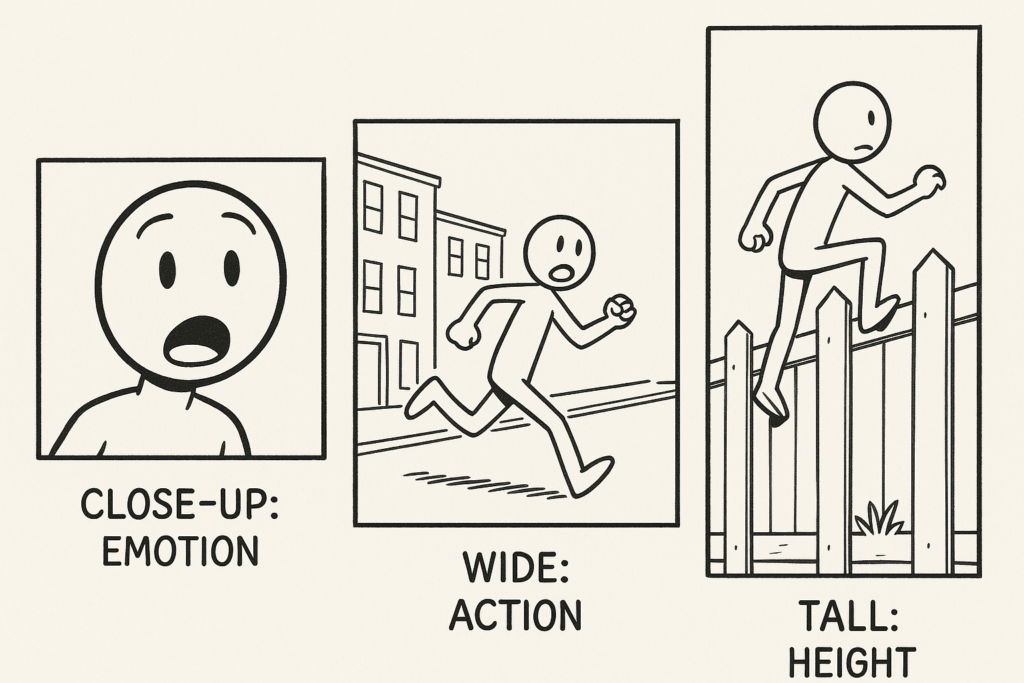
There are various other panels, including overlapping, splash, broken, irregularly shaped and diagonal panels.
Paneling a Comic
Every panel is an idea, and the element that maintains the space between two ideas is called the gutter. Gutters control the story’s pace by giving time to the reader to absorb one scene inside a panel before moving to another panel. The traditional way is to use gutters with same width. But drawing a wider one will allow the reader to get more time to think.
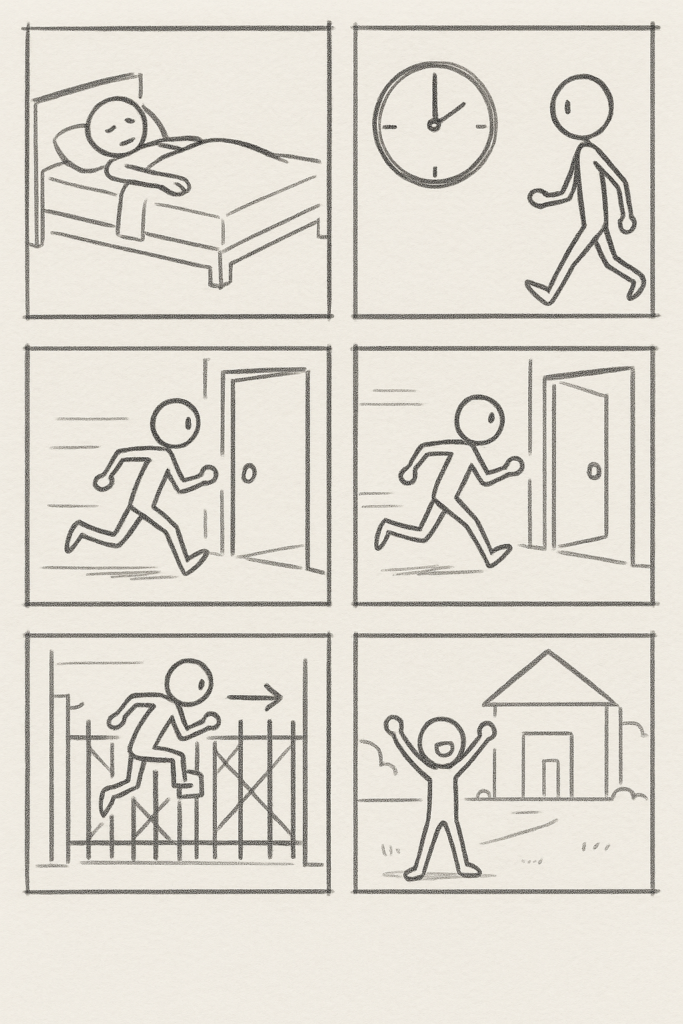
Exploring Unconventional Ways
When you are designing a comic layout, you can significantly change the way of storytelling. You can explore a wide variety of unusual ways to draw the comic and manga panels to bring more drama or emphasize on contents, or to focus on the shifting of scenes and locations.
